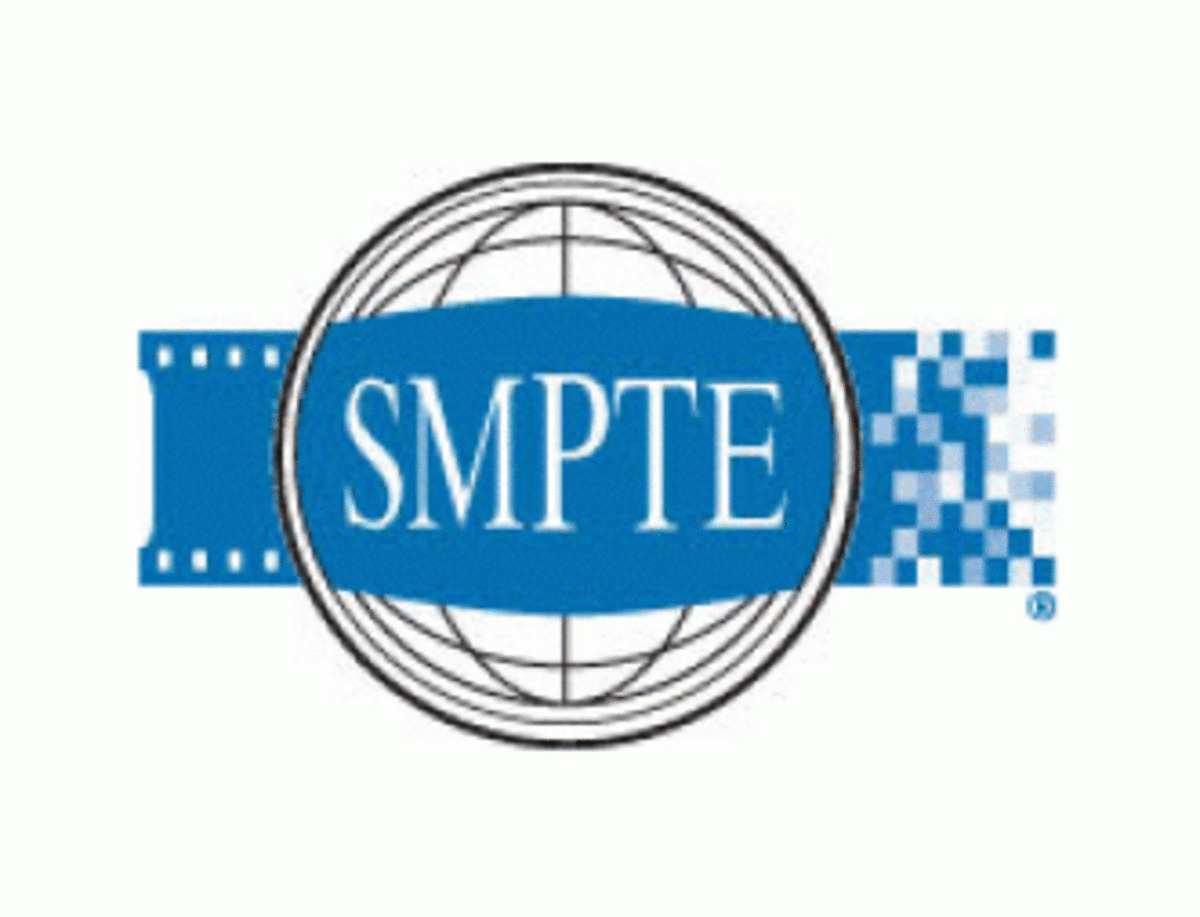Network Functions Virtualisation (NFV); Use Cases
The scope of the present document is to describe use cases of interest for Network Functions Virtualisation (NFV). It updates and extends ETSI GS NFV 001 V1.1.1
.
The present document provides a review of previous use cases and adds some new use cases in the context of virtualisation that are related to emerging 5G features such as the Network Slicing concept, enhanced Security, IOT virtualisation.
- Use Case #1: Network Function Virtualisation Infrastructure as a Service (NFVIaaS)
- Use Case #2: VNF Forwarding Graphs
- Use Case #3: Virtualisation of Mobile Core Network and IMS
- Use Case #4: Virtualisation of Mobile base station
- Use Case #5: Virtualisation of the Home Environment
- Use Case #6: Virtual Content Delivery Network (vCDN) - Fulfilment
- Use Case #7: Fixed Access Network Functions Virtualisation
- Use Case #8: Crypto as a Service (CaaS)
- Use Case #9: Network Slicing
- Use Case #10: Virtualisation of Internet of Things (IoT)
- Use Case #11: Rapid Service Deployment
- Use Case #12: Devops/CI/CD
- Use Case #13: A/B testing
- Use Case #14: VNF composition across multiple administrative domains
- Use Case #15: Security as a Service (SecaaS)
The order of use cases is not intended to give any priority amongst use cases.
.
These service models and use cases are intended to clarify the roles and interactions of the various types of commercial entities acting in a marketplace for services delivered via these VNFs. These actors include commercial entities/roles such as Service Providers, Enterprises, Consumers, etc. The fields of application provide high level descriptions of areas where the industry believes NFV technologies can be applied and which are representative of the business and technical challenges to be overcome.
.
The service models and use cases described in the present document are intended to provide a commercial and technical context that is expected to be useful for discussions to be handled s in further specifications to be developed by the NFV ISG. Other Industry forums may also find these service models and use cases helpful as they consider implementation options for virtualisation of the network functions they have previously standardized. The present document is not intended to provide detailed behavioural modelling of components of the NFV framework. Future documents describing additional components of the NFV framework may develop additional use cases to illustrate the behaviour of those NFV framework components; those components of the NFV framework, however, should be validated against the service models and fields of application described in the present document for consistency











